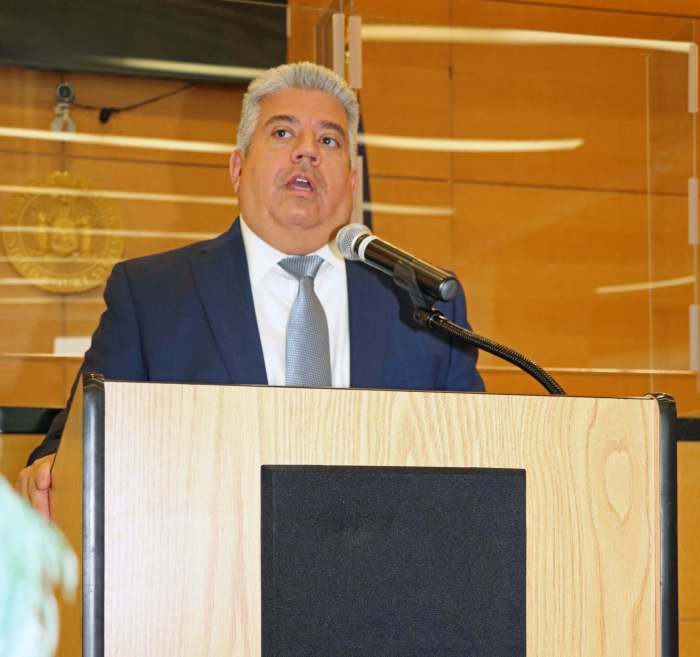Three years after one of the world’s most powerful storms battered parts of The Bahamas, residents in some of the devastated islands are angry with authorities for the slow pace of recovery and rebuilding efforts even as the 2022 seasons picks up tempo.
Hurricane Dorian came ashore in the first week of September 2019 in northwestern Grand Bahama and Abaco islands, leaving a trail of death and destruction, hanging around for nearly two days before heading out into open waters. The storm was clocked as one of the most powerful ever with wind gusts reaching nearly 200 miles an hour.
Three years after Dorian, The Bamahas’ relatively new government is under severe pressure to bring relief to affected residents with opposition parties, social activists and residents pummeling the Phillip Davis administration for the slow pace of recovery efforts.
Crumbled buildings, piles of garbage and dilapidated state offices are still evident in the two provinces and residents say they are struggling to get loans and grants to rebuild.
Authorities say more than 2000 people are missing and presumed dead or have left the area. Latest figures suggest that the real figure is under 300.
Last week, PM Davis spoke at a third anniversary observance ceremony and he did acknowledge that much more can be done to help suffering residents cope with daily life. For many, words are not enough to console them three years after enduring the worst 48 hours in their lives.
“For far too many of you, this (help) is still so desperately needed. We are going to do our best to help bring relief and comfort in rebuilding your communities We have changed the law, in relation to the presumption of death, to facilitate quicker settlement of insurance, banking and other commercial claims,” he said.
Additionally, Davis argues that the government recently launched a homeowner assistance relief program “, to provide real, urgent help to people, and do away with the chaos, confusion and unnecessary bureaucracy which came before.”
About $2 million has been set aside for the relief program that Reconstruction Authority Chair Alex Storr says is just the tip of the iceberg. The cabinet says that the storm caused close to $5 billion in infrastructure and other damage. And about $70 million has gone towards removal of tons of piles of debris.
“I want to say to you today that if you think progress has not unfolded quickly enough, I agree. I could detail the budgetary and bureaucratic obstacles we faced over the last year, but these kinds of explanations are of no use to you – you need action. And I am glad to say that with the changes we’ve put in place, you will be able to see, touch and feel the results very soon, especially in the housing program. For far too many of you, this is still so desperately needed.”

























